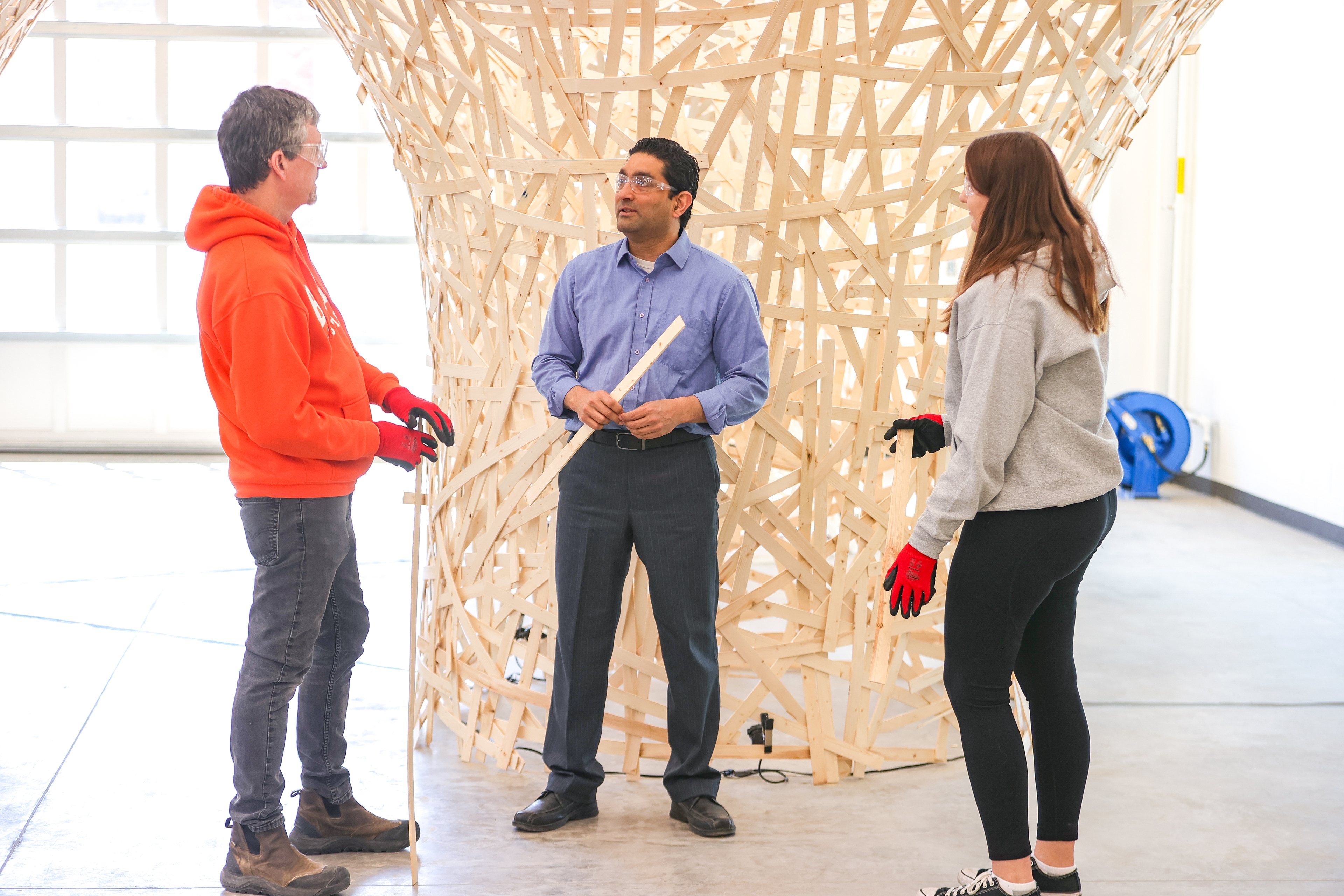Accreditations
Accreditation is a critical indicator of quality – especially in technical and professional fields like engineering, architecture, construction and aviation. It ensures our programs meet industry-recognized standards for education, safety and innovation. Choosing an accredited program means choosing a degree that employers trust and that sets the foundation for licensure and advanced study.
Updated: 12/11/2025 12:02PM



